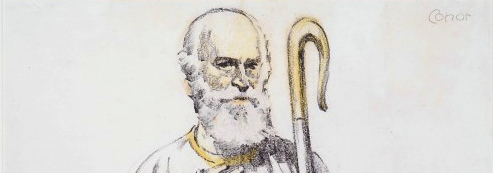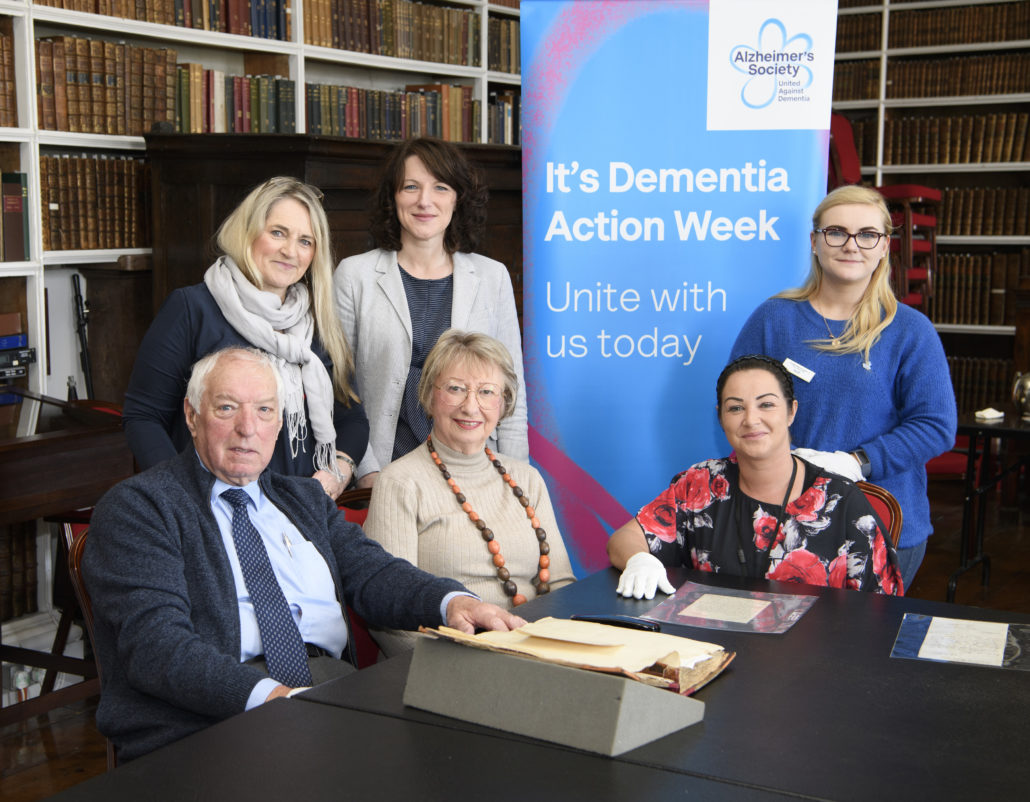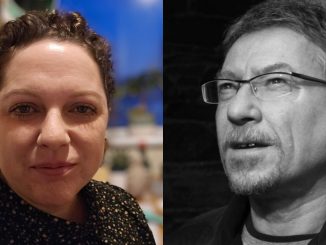

An ‘Afternoon on the Hill’ on St Patrick’s Day Visitors to Armagh on St Patrick’s Day are invited to take in St Patrick’s Church of Ireland Cathedral, Armagh Public Library and No 5 Vicars’ Hill, all of which will be open from 2.00 until 4.00 that afternoon.
Armagh owes its inheritance to St Patrick’s choice of its Hill for his church, the principal church in Ireland. From the time that monks and scholars were first drawn to the site, Patrick’s decision has shaped the development of Armagh down to the present day. The Book of Armagh, written here is 807, records events on Patrick’s life. The wealth of the Church in Armagh led to many Viking raids and much destruction from the year 832 onwards. In 1014, Brian Boru, High King of Ireland, was buried on the Hill of Armagh after his death at the Battle of Clontarf, in accordance with his wishes. The eighteenth century renaissance of the City was the product of Archbishop Richard Robinson’s vision. It is still the only city in the world with two cathedrals dedicated to St Patrick.
In 1765 Richard Robinson became Archbishop for Armagh. In 1771 he founded Armagh Public Library on the Hill, adjacent to the Church of Ireland Cathedral. The nucleus of its collection is Archbishop Robinson’s personal gift of seventeenth and eighteenth century texts on subjects such as theology, philosophy and history. The Library’s collection has since expanded to include 46,000 volumes. Copies of the 1913 reproduction of the ‘Book of Armagh’ are on display. Also to be seen are reproductions of costume designs by the artist, William Conor, for a pageant held in 1932 to celebrate the fifteen hundredth anniversary of St Patrick’s coming ashore at Saul, County Down.
Number 5 Vicar’s Hill, owned by Armagh Public Library, was built by Archbishop Robinson to hold civic and church records. Examples of these records are on display, as well as some of the Library’s collections of coins, gems, prints, early Christian artefacts and other curiosities. There is a small collection of four-sided iron bells, which are characteristic of the early Irish Church. They were used in worship and would have been familiar to St Patrick.
Admission charges will apply to No 5, and all three buildings will have staff to welcome visitors.



